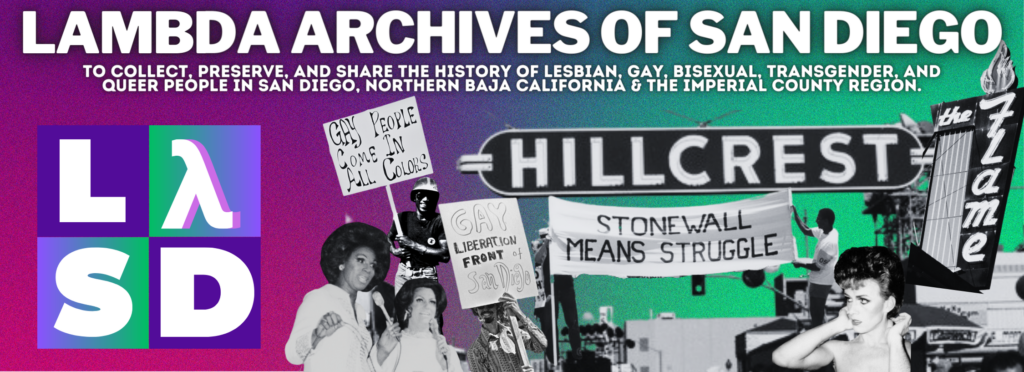Book Banning?
By Dana Wiegand
Over the past few years, we have seen a rampant increase in discriminatory laws and bans of content centered around LGBTQIA+ and BIPOC lives, particularly in public schools. Politicians who are pandering to white supremacists and other hate groups have targeted our most vulnerable – Queer and Trans youth – in their efforts to erase our existence from public life.
According to PEN America, book bans from the 2022-2023 school year have specifically targeted “stories by and about people of color and LGBTQ+ individuals, with 30% of the banned titles exploring themes of “race, racism, or featur[ing] characters of color” and 26% of banned titles have “LGBTQ+ characters or themes” (Meehan & Friedman, 2023). Even though an American Library Association (ALA) poll found that 71% of voters oppose book banning efforts, states such as Florida, Texas, Iowa, and Utah are passing unjust censorship laws under the age-old guise of ‘THINK OF THE CHILDREN!!!!’
This performative pearl- clutching is currently being perpetrated by elected officials who oppose even the most base-level human rights, which is reminiscent of Joseph McCarthy and his Red Scare witch hunts, which also largely targeted homosexuals (The Lavender Scare), socialists, and communists. These current laws are not intended to protect children but are an effort to force our communities back into the closet and away from the public view; they are egregious attempts to destroy the civil rights that LGBTQ and BIPOC communities and activists have fought and died for.
One of the first things I was taught in “library school” was how to respond to someone’s request to ban books that did not align with their personal ideology from the library. While parents do technically have the right to have a say in what materials their own child engages with, they do not have the right to prevent others from accessing that information. In fact, the ALA’s Library Bill of Rights explicitly outlines this concept in the following text:
“I. Books and other library resources should be provided for the interest, information, and enlightenment of all people of the community the library serves. Materials should not be excluded because of the origin, background, or views of those contributing to their creation.
II. Libraries should provide materials and information presenting all points of view on current and historical issues. Materials should not be proscribed or removed because of partisan or doctrinal disapproval.
III. Libraries should challenge censorship in the fulfillment of their responsibility to provide information and enlightenment.”
But how can libraries rely on established professional guidelines and their collections development policies when state governments are passing legislation that enables them to deny libraries funding over “books deemed inappropriate for young readers” as is the current case in Missouri (Smith, 2023)?
Finding queer representation in literature, as limited and sometimes flawed as it was, was one of my few saving graces when I was growing up. I was in complete denial of my own queerness for much of my life because I rarely saw anyone in the media I could relate to. One of the earliest representations of queerness I encountered in books was in Stephen King’s IT, which has two explicitly Gay characters who are the victims of a hate crime reminiscent of the death of the death of Matthew Shepard, and one character who is heavily Queer coded and whose greatest fear is that queerness being discovered – this character’s closeted queerness is expanded upon in the recent film adaption of the work. While far from ideal representation, this is what I had available, and I heavily identified with the fear of discovery. This being one of my first introductions to Queerness, introduced the concept that it could be dangerous to be Queer. The media I saw growing up often depicted queerness as the butt of the joke or as something outside of the enforced heterosexual norm.
I remember when RuPaul’s Drag Race-Logo was having a marathon before season two aired and I could not believe my eyes when Nina Flowers appeared on screen. THAT was someone I wanted to be like; loud, badass, and punk but in a way that was positive, kind, and inspirational. I got to see true Queer representation and hear people tell their own stories and how their childhoods were impacted by homophobia and the liberation that being a part of the LGBTQ community gave them.
While representation in visual media is wonderful and life-changing, finding representation in literature allows the reader room to pause and really think about these concepts and how it affects their lives. And fortunately, kids today have more representative literary works that focus on Queerness and gender identity that are written specifically for different age groups. These books tackle facets of Queerness and gender identity in ways that are age-appropriate and informative so that younger generations can become knowledgeable about the LGBTQIA+ community in ways that are not damaging or demeaning.
Queer kids should not have their first exposure to the concept of Queerness be a hate crime in a novel written by a heterosexual author. But despite the fact that stories by LGBTQ+ and BIPOC authors or stories that feature LGBTQ+ and BIPOC themes and/or characters, the same hateful people are always trying to limit people’s access to life saving information,
representation, and services.
Access to information is critical, especially for youth who are becoming more aware of who they are as people and may not have the support they deserve around them.
It is more important than ever that members of our community advocate for our youth and ensure they have the resources that they need. Support can come in many forms; you can donate books or gender affirming clothing to LGBTQ+ youth spaces-such as the Hillcrest Youth Center or Lambda Archive’s teen space, you can vote for school board candidates that support LGBTQ+ and BIPOC youth, you can even show up at school board meetings with others in the community to against school-sanctioned discrimination.
We have seen elected officials introduce anti-Gay and anti-Trans legislation before, but we fought it then, and we will fight it now. One thing I have learned from working directly with our community’s history is that when we fight, we win. Some fights just last longer than others, but it’s so worth it.


